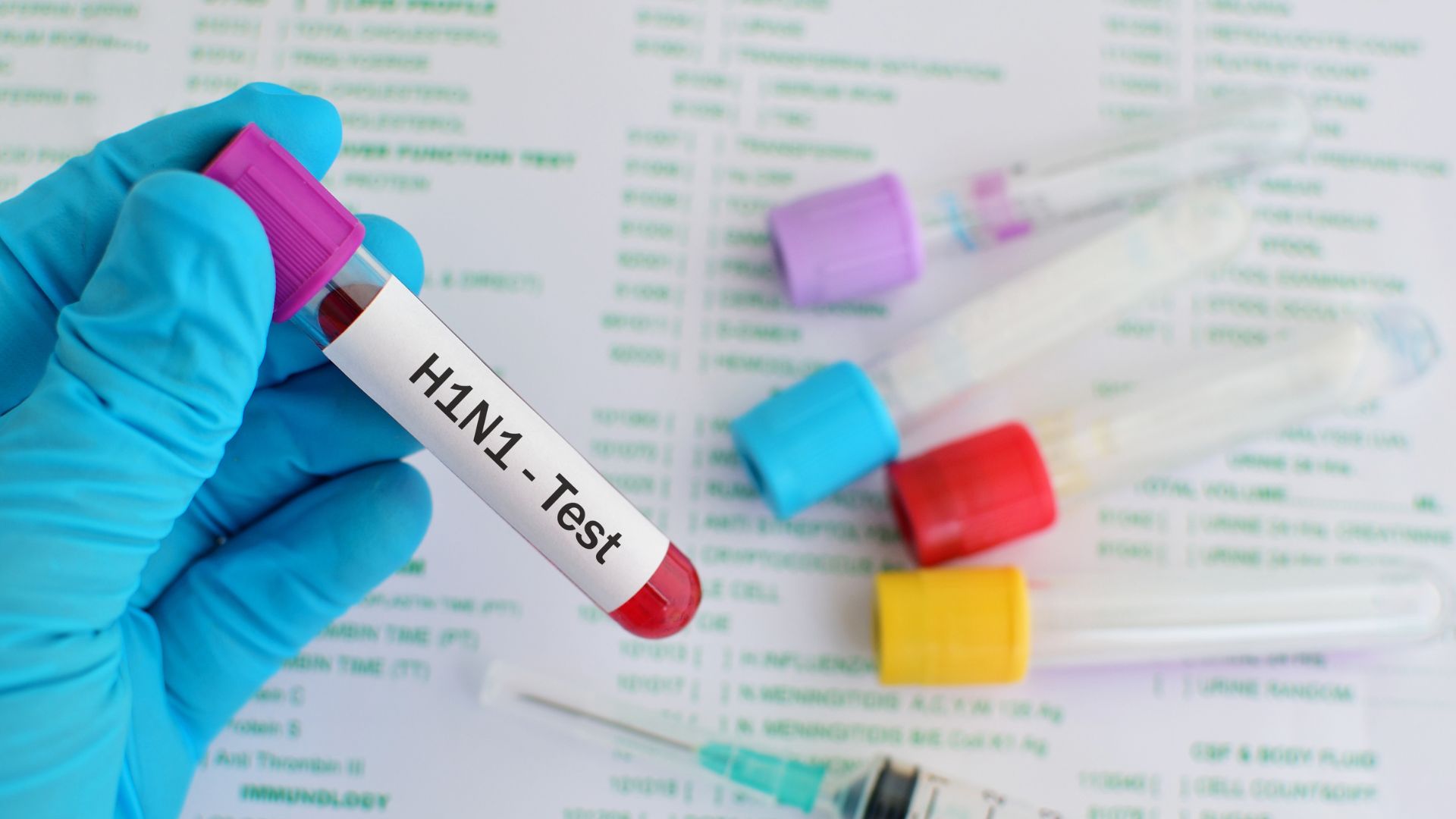As a healthcare communications specialist with years of experience studying infectious diseases, I’ve seen firsthand how proper prevention strategies can make all the difference when it comes to protecting yourself and your loved ones from H1N1 bird flu. In this comprehensive guide, I’ll share practical, science-backed tips to help you stay safe from this concerning virus.
Understanding H1N1 Bird Flu: The Basics You Need to Know
Before diving into prevention strategies, let’s get clear on what we’re dealing with. H1N1 bird flu, also known as avian influenza A(H1N1), is a strain of influenza virus that can affect both birds and humans. While it originally circulated primarily in bird populations, this virus has adapted to spread between humans, making it a significant public health concern.
Why H1N1 Prevention Matters
Think of H1N1 as that uninvited house guest who not only shows up without warning but also brings along a host of problems. Unlike regular seasonal flu, H1N1 can cause more severe symptoms and complications, especially in certain high-risk groups. That’s why taking preventive measures isn’t just about personal protection – it’s about community safety too.
Essential Prevention Strategies for H1N1 Protection
1. Master the Art of Hand Hygiene
Remember how your mom always told you to wash your hands? Well, she was onto something! Here’s your adult guide to proper hand washing:
- Use warm water and soap for at least 20 seconds (sing “Happy Birthday” twice)
- Pay special attention to spaces between fingers and under nails
- Keep alcohol-based sanitizer handy when soap isn’t available
- Avoid touching your face with unwashed hands
2. Create a Personal Protection Protocol
Your daily routine can be your first line of defense against H1N1:
- Wear a well-fitting mask in crowded places
- Maintain physical distance from visibly sick individuals
- Keep your immune system strong through proper nutrition
- Get adequate sleep and manage stress levels
3. Navigate Public Spaces Safely
We can’t live in a bubble, but we can be smart about public interactions:
- Choose outdoor settings when possible
- Avoid peak hours at grocery stores and other enclosed spaces
- Use contactless payment methods when available
- Keep windows open for ventilation in shared spaces
Building Your Immune Arsenal Against H1N1
Nutrition as Your Shield
Your immune system needs the right fuel to fight off viruses effectively:
- Load up on vitamin C-rich foods like citrus fruits and bell peppers
- Include zinc-rich foods like pumpkin seeds and lean meats
- Stay hydrated with water and herbal teas
- Consider probiotic foods and probiotic supplements for gut health support
Exercise: Your Secret Weapon
Physical activity isn’t just about staying fit – it’s about building resilience:
- Aim for 30 minutes of moderate exercise daily
- Include both cardio and strength training
- Practice outdoor activities when weather permits
- Listen to your body and don’t overexert
When to Seek Medical Attention
Red Flags to Watch For
While prevention is key, knowing when to get help is equally important:
- Difficulty breathing or shortness of breath
- Persistent chest pain or pressure
- Sudden dizziness or confusion
- Severe or persistent vomiting
- Flu-like symptoms that improve but then return with fever and worse cough
Special Considerations for High-Risk Groups
Protecting Vulnerable Populations
Some people need to take extra precautions:
- Pregnant women
- Adults over 65
- Children under 5
- People with chronic health conditions
- Healthcare workers and caregivers
Creating a Household Prevention Plan
Making Your Home a Safe Haven
Turn your living space into a fortress against H1N1:
- Establish cleaning routines for high-touch surfaces
- Keep sanitizing supplies readily available
- Create a sick room plan in case someone falls ill
- Stock up on essential supplies without hoarding
Seasonal Considerations and Travel Safety
Navigating Different Seasons
H1N1 risk can vary throughout the year:
- Be extra vigilant during flu season (October to May)
- Adjust prevention strategies based on local outbreak levels
- Stay informed about regional health advisories
- Follow seasonal vaccination recommendations
Smart Travel Protocols
Don’t let H1N1 ground you – just travel wisely:
- Research destination health guidelines
- Pack personal protection supplies
- Choose direct flights when possible
- Follow airline and airport safety protocols
The Role of Vaccines in H1N1 Prevention
Understanding Vaccination
Vaccines remain one of our strongest tools against H1N1:
- Stay current with recommended flu vaccines
- Understand that vaccines are updated regularly
- Consider timing vaccination for optimal protection
- Discuss individual needs with healthcare providers
Building Community Resilience
Supporting Each Other
Remember, we’re all in this together:
- Share accurate information with friends and family
- Support vulnerable community members
- Practice responsible behavior when feeling unwell
- Stay connected while maintaining safety protocols
Looking Ahead: Long-term Prevention Strategies
Creating Sustainable Habits
Make H1N1 prevention part of your lifestyle:
- Develop consistent health routines
- Stay informed about virus developments
- Build emergency preparedness kits
- Maintain strong social support networks while staying safe
Remember, staying safe from H1N1 bird flu isn’t about living in fear – it’s about being prepared and proactive. By following these guidelines and staying informed, you can significantly reduce your risk while maintaining a normal, healthy lifestyle. Stay vigilant, stay informed, and most importantly, stay healthy!



